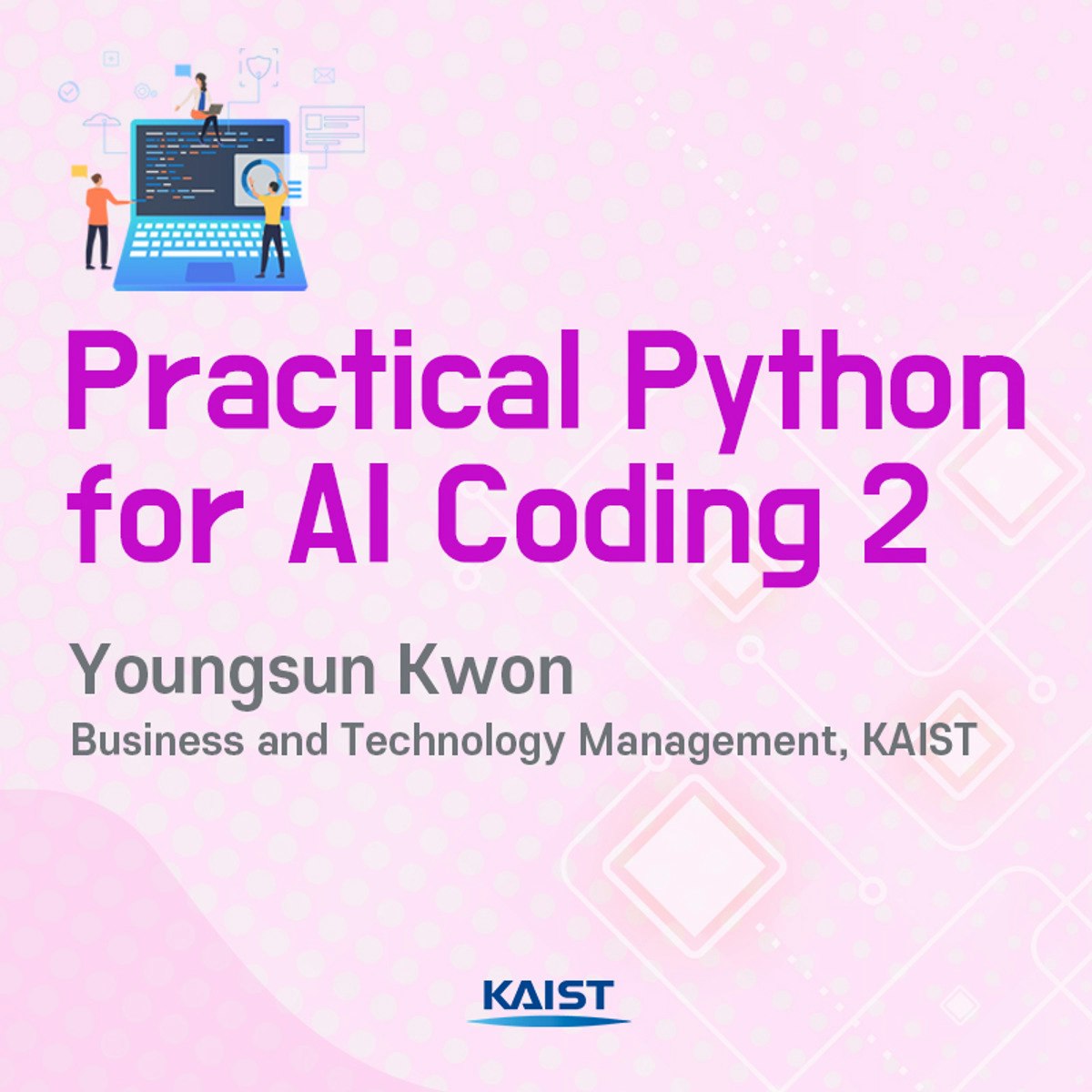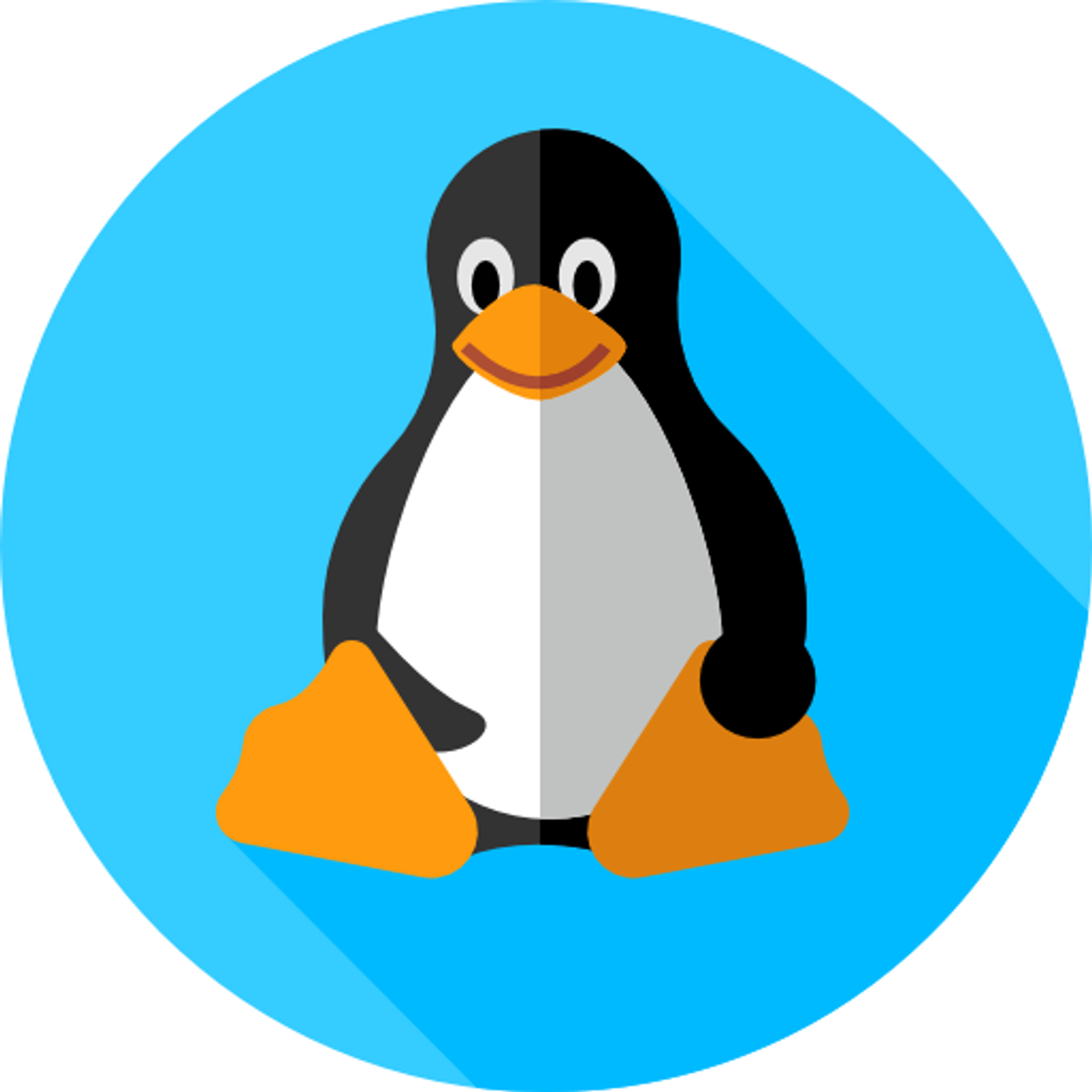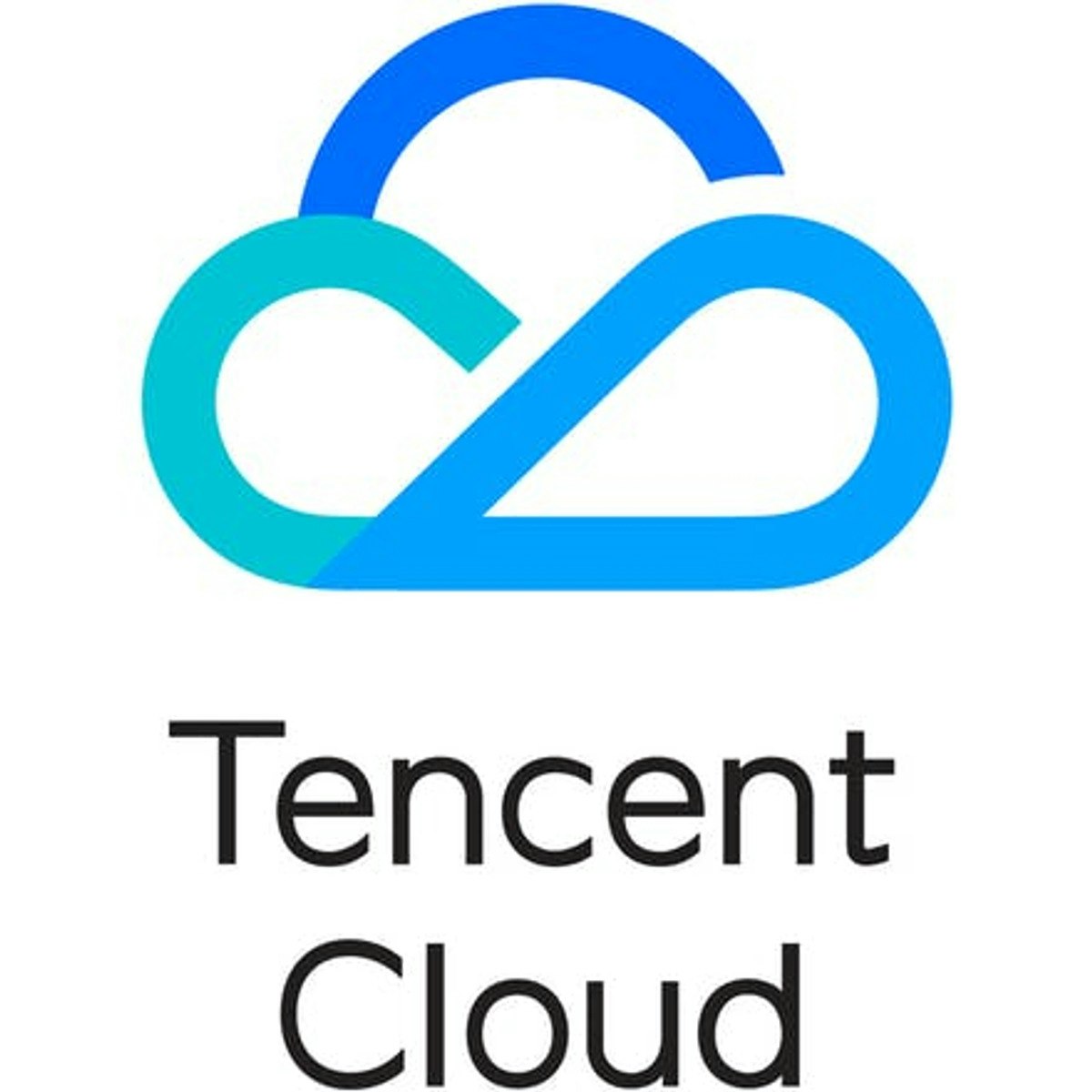Back to Courses









Software Development Courses - Page 94
Showing results 931-940 of 1266

Practical Python for AI Coding 2
Introduction video : https://youtu.be/TRhwIHvehR0
This course is for a complete novice of Python coding, so no prior knowledge or experience in software coding is required. This course selects, introduces and explains Python syntaxes, functions and libraries that were frequently used in AI coding. In addition, this course introduces vital syntaxes, and functions often used in AI coding and explains the complementary relationship among NumPy, Pandas and TensorFlow, so this course is helpful for even seasoned python users. This course starts with building an AI coding environment without failures on learners’ desktop or notebook computers to enable them to start AI modeling and coding with Scikit-learn, TensorFlow and Keras upon completing this course. Because learners have an AI coding environment on their computers after taking this course, they can start AI coding and do not need to join or use the cloud-based services.

Create UI in Unity Part 4 - Make UI Fit Any Aspect Ratio
In this one-hour, project-based course, you will learn how to use Unity's User Interface (UI) Toolkit's Auto Layout System to make the UI elements of your game present correctly on screens of any aspect ratio. This project covers adding Layout Controllers to and customizing each UI component in your game.
The guided project will introduce you to the following Unity UI concepts:
- Canvas Scaler
- Rect Transform
- Horizontal Layout Group
- Vertical Layout Group
This is Part 4 of a four-part series on creating a good-looking user interface for your game or other Unity application. Part 1 covered creating a screen overlay canvas for typical player-feedback such as health and score, while Part 2 showed you how to create world-space canvases to provide information and feedback on GameObjects in the environment. And in Part 3, we demonstrated how to create a settings menu.
This is a stand-alone guided project, but because this is a continuation of previous parts in the "User Interface" series, it is recommended that you complete the first parts before commencing this guided project.
This series makes use of the sci-fi-themed Unity project created in Create Power-Ups and Obstacles with C# in Unity. It compliments this guided project and, although not a prerequisite, is recommended for a more well-rounded understanding of the concepts presented herein.

Build your first Machine Learning Pipeline using Dataiku
As part of this guided project, you shall build your first Machine Learning Pipeline using DataIku tool without writing a single line of code. You shall build a prediction model which inputs COVID daily count data across the world and predict COVID fatalities.DataIku tool is a low code no code platform which is gaining traction with citizen data scientist to quickly build and deploy their models.

Introduction to DevOps
DevOps skills are in demand! DevOps skills are expected to be one of the fastest-growing skills in the workforce. This course can be a first step in obtaining those skills.
Introduction to DevOps explores DevOps as a cultural movement, including building a business case for DevOps, the essentials of DevOps, and a brief history of DevOps. You will learn new ways of thinking, working, organizing, and measuring to fully gain the benefits of DevOps.
You will learn how breaking down silos and organizing developers and operators into single cross-functional teams is necessary for truly adopting DevOps. Having everyone contributing and everyone being responsible for success is at the heart of DevOps.
By thinking from a DevOps perspective, you will be able to build better products for your customer. You will view DevOps from a business perspective as well as for becoming a DevOps practitioner. You will see how building a culture of shared responsibility and transparency is the foundation of every high-performing DevOps teams.
You will have an opportunity to explore the concepts of infrastructure for Continuous Integration and Continuous Delivery. You will be able to use actionable measures that apply directly to decision-making and will ultimately result in continuous improvement. This course is designed for those new to DevOps as well as those looking to increase their current knowledge of DevOps.

Natural Language Processing and Capstone Assignment
Welcome to Natural Language Processing and Capstone Assignment. In this course we will begin with an Recognize how technical and business techniques can be used to deliver business insight, competitive intelligence, and consumer sentiment. The course concludes with a capstone assignment in which you will apply a wide range of what has been covered in this specialization.

Database Architecture, Scale, and NoSQL with Elasticsearch
In this final course, you will explore database architecture, PostgreSQL, and various scalable deployment configurations. You will see how PostgreSQL implements basic CRUD operations and indexes, and review how transactions and the ACID (Atomicity, Consistency, Isolation, Durability) requirements are implemented.
You’ll learn to use Elasticsearch NoSQL, which is a common NoSQL database and a supplement to a relational database to high-speed search and indexing. We will examine Elasticsearch as an example of a BASE-style (Basic Availability, Soft State, Eventual Consistency) database approach, as well as compare and contrast the advantages and challenges associated with ACID and BASE databases.

Managing Linux Systems
In this course, we look at how to manage a system with the Linux operating system installed. The course material is a good for anyone preparing for the Linux Foundation Certified IT Associate (LFCA) exam or just interested in learning more about Linux.

Tencent Cloud Solutions Architect Professional
This course equips learners with knowledge in cloud architecture design at the professional level and prepares them to take the Tencent Cloud Solutions Architect Professional examination. After completing this course, learners will be able to design and develop complex business systems and cloud native applications, implement cloud native transformation based on the characteristics of the business, and apply agile development, DevOps, containers, artificial intelligence, and packaged business capabilities in their respective organizations.

Building Data Visualization Tools
The data science revolution has produced reams of new data from a wide variety of new sources. These new datasets are being used to answer new questions in way never before conceived. Visualization remains one of the most powerful ways draw conclusions from data, but the influx of new data types requires the development of new visualization techniques and building blocks. This course provides you with the skills for creating those new visualization building blocks. We focus on the ggplot2 framework and describe how to use and extend the system to suit the specific needs of your organization or team. Upon completing this course, learners will be able to build the tools needed to visualize a wide variety of data types and will have the fundamentals needed to address new data types as they come about.

Continuous Integration
In today's world, software development is highly complex and often has large teams of developers working on small pieces of a larger software project. This course will go over the basic principles of using a continuous integration system effectively to constantly improve software. We're going to describe the different stations of continuous test, build, integration and deploy processes required for DevOps practices and apply best practices for quality software management, and tooling to accomplish iterative software build & test processes. You will be able to create an automated job for continuous build, test, integrate, and deploy with Travis CI and use branching and project workflows to enhance the quality, speed and feedback loops for your software assets. We'll describe the attributes of Deterministic Builds and how they are applied within the CI pipeline and use the Continuous Integration data and analytics to measure and improve the health of your software assets. Automation at scale is now more achievable for software development teams, as continuous integration makes it possible.
Popular Internships and Jobs by Categories
Browse
© 2024 BoostGrad | All rights reserved


